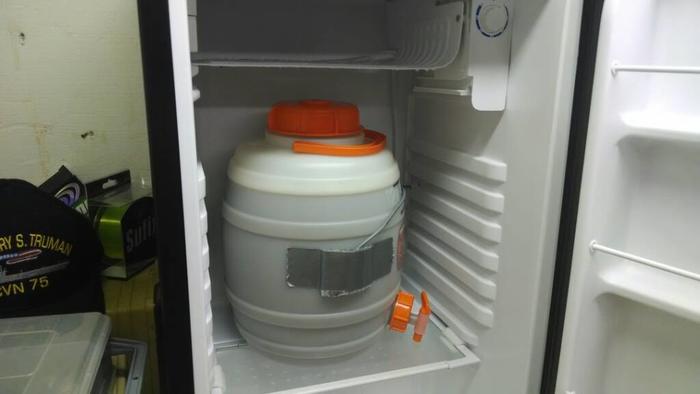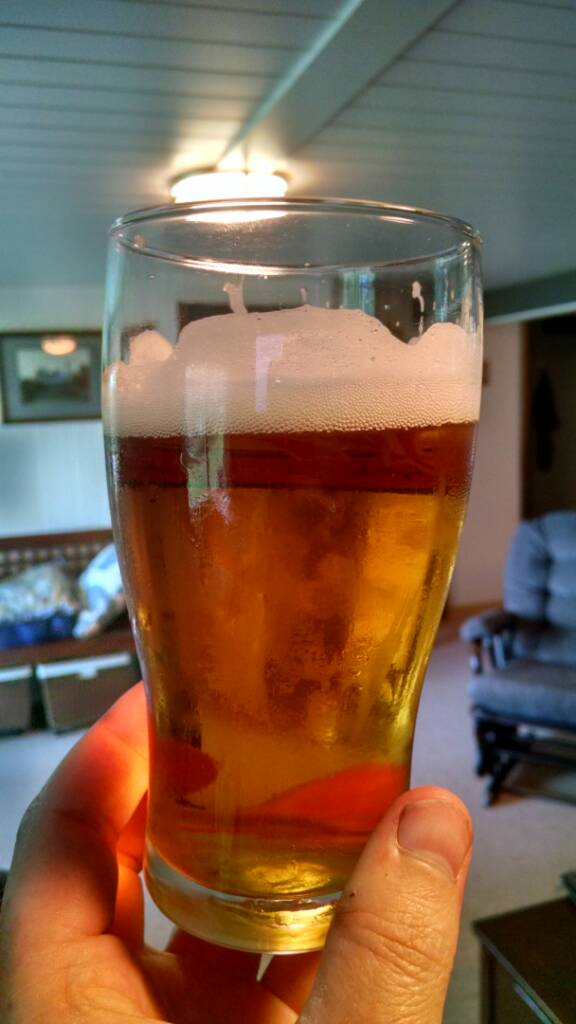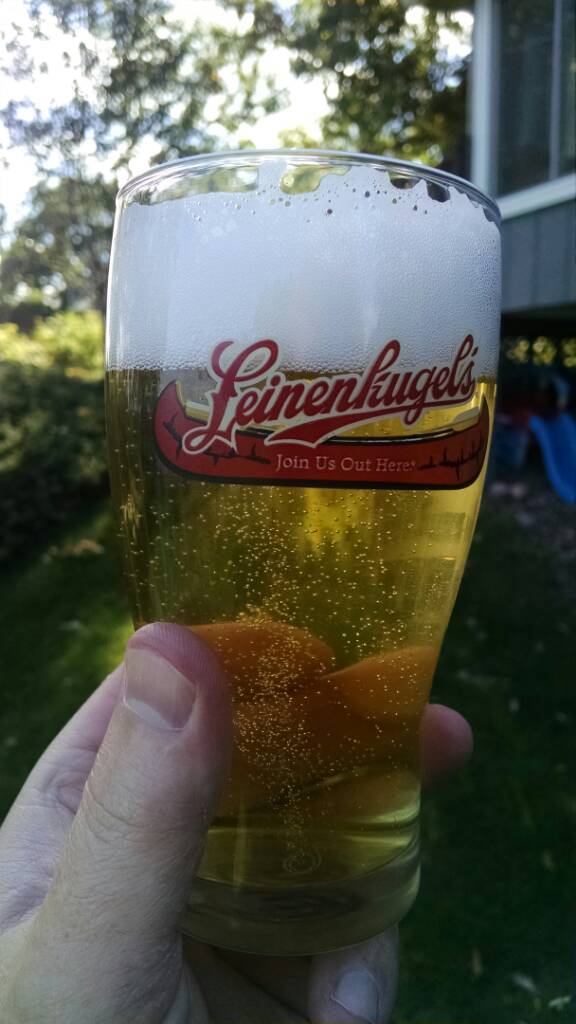wobdee
Junior Member
The boil seems a little more murky than usual. Lots of little flakes moving around, protein maybe?


















Yep, protein. It is normal. You will see flakes ripping around the boiling wort. What you might have noticed as the boil went on, is that the flakes/rods rolling in the boil will appear to explode and glitter like miniature fireworks. That's an indicator that things are working out. When you see it occur, you'll understand what I am talking about. After you pull the hydrometer sample, short, flakes/rods should be floating around. As the sample cools, the flakes should settle out. That is what you want to happen. Here's something to take notice of. After the wort is chilled and the cold break settles. If the break looks like egg droppy snot soup. Modifying the protein rest can help to reduce the stuff. If the gunk shows up in the fermenter, it might be better to rack the wort off of it before dumping in yeast.
You might want to add hops after boiling past the hot break. Start timing when you add the bittering hops and boil one hour.
When I play around with a Wit style, I'll add hops to one of the decoctions and boil them. I throw the mash, hops and all into the lautertun and sparge through the whole ball of wax.

It will be interesting to see what turns out after boiling mostly Munich, rich in melandoin, for 40 minutes.


